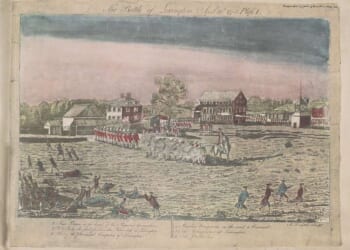A book bound by the skin of one of the UK’s most notorious murderers has been found in a museum office.
The skin is from the late-Georgian murderer William Corder who was hanged at Bury St Edmunds in 1828 for killing his lover Maria Marten and burying her beneath the floor of a Suffolk barn.
After telling her they would elope to Ipswich, Corder shot Miss Maria in what became known as the Red Barn Murder of 1827.
Corder was later found, tried and publicly executed the following year before being dissected.
Some of his skin was used to bind a book telling the story of his crime and has been on display at Moyse’s Hall Museum in Bury St Edmunds since 1933.
A second copy of the book, also made with Corder’s skin, has since been found on a bookshelf of the museum’s office and is now on display alongside the original book.
The second book was discovered last year and, unlike the original, only has skin on the books binding and corners.
Dan Clarke, heritage officer at Moyse’s Hall Museum, said it would have been made using ‘left over pieces of skin’.
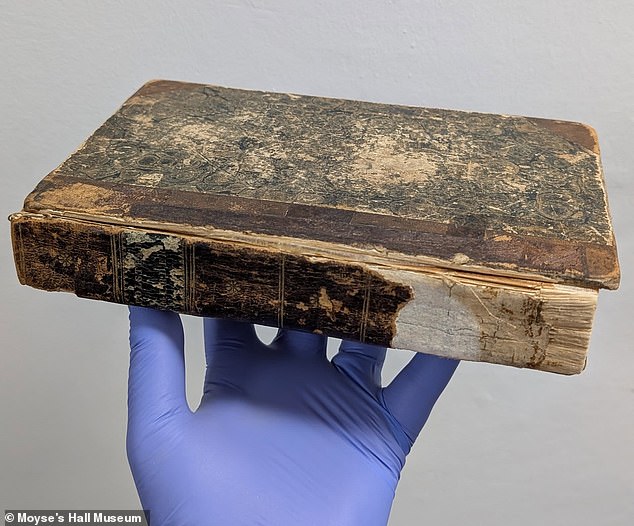
The skin from the late-Georgian murderer William Corder bounds the book that tells the story of his crime and trial
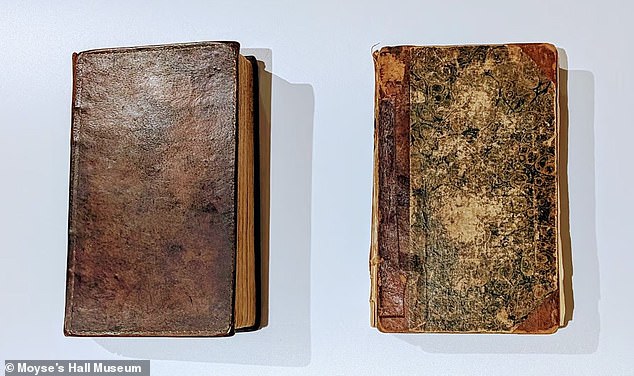
The book was discovered last year and uses Corder’s skin on the bindings and corners
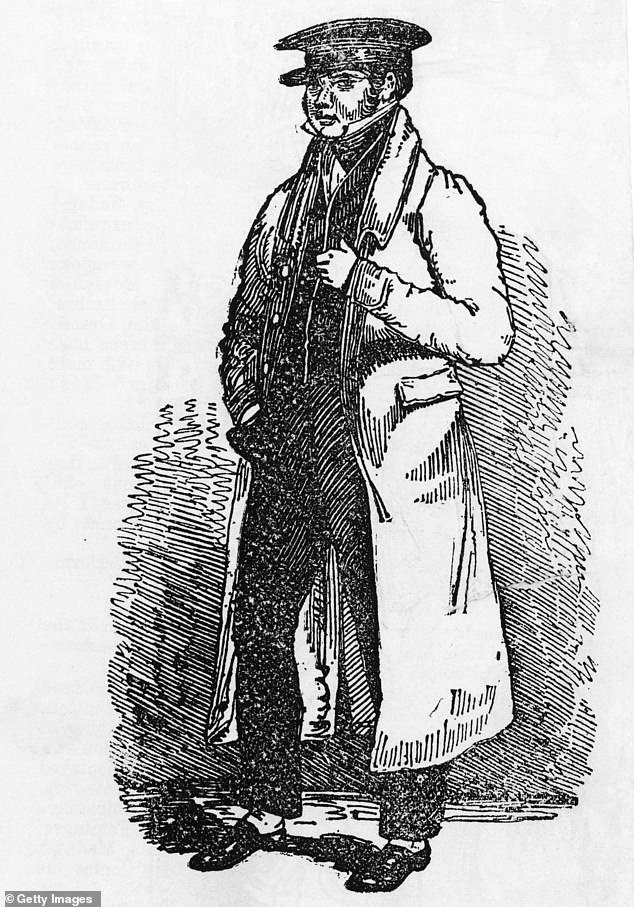
Corder was hanged at Bury St Edmunds in 1828 for killing his lover Maria Marten and burying her beneath the floor of a Suffolk barn
He told BBC Radio Suffolk that the books had an ‘incredibly important’ historical value.
However, Horrible Histories author Terry Deary described the books as ‘sickening artefacts’.
‘A lot of criminals really dreaded this. This was worse than the hanging, the thought their body would be dissected after death,’ he told the Telegraph.
Mr Deary added that he is ‘not sure that I’d want them on display’.
The 1827 murder in Polstead, Suffolk, shocked Georgian Britain and has since been the subject of many films, books and plays.
Corder had been having an affair with Miss Marten and told her to meet him at the Red Barn, a local landmark, so they could run away to Ipswich to get married.
However, Corder shot and killed Miss Marten, burying her in the barn and was eventually caught and publicly executed on August 11, 1828.
Part of his skin was used to bind a book telling the story of his trial.
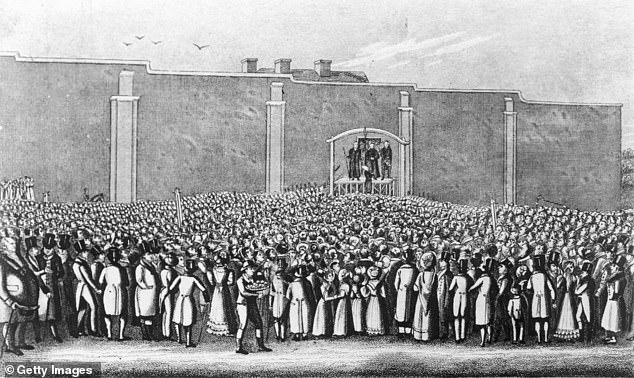
A drawing of Corder’s public hanging in Bury St Edmunds that attracted a crowd of thousands

Horrible Histories author Terry Deary described the books as ‘sickening artefacts’
It is understood the second book was donated decades ago by a family with close connections to the surgeon who anatomised Corder’s body.
Using human skin to cover book is known as anthropodermic bibliopegy and was commonly seen in the 19th century as a way punish executed prisoners or for doctors who wanted a keepsake.
In March 2024, Harvard University removed a book that was bound with the skin of an unidentified woman who died in a French psychiatric hospital while acknowledging ‘past failures in its stewardship’.
But Mr Clarke said in his 11 years at the museum he had never had a complaint about the first book being on display.
He said: ‘We see human remains in every museum across the country.’
Heritage assistant Abbie Smith added: ‘If you did not tell people it was bound in human skin, I do not really think you would realise.’







